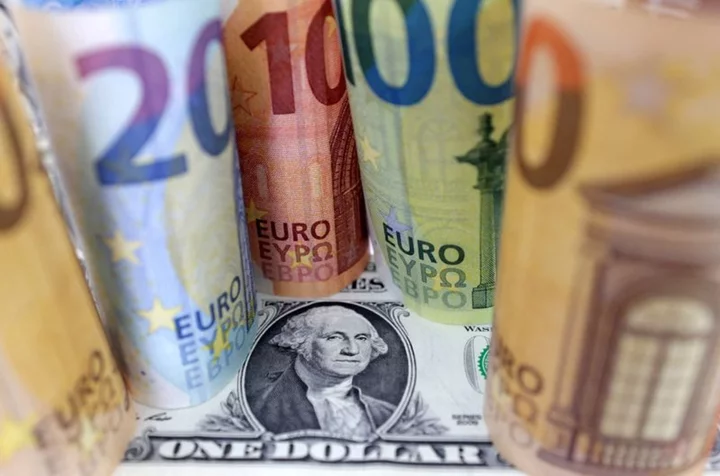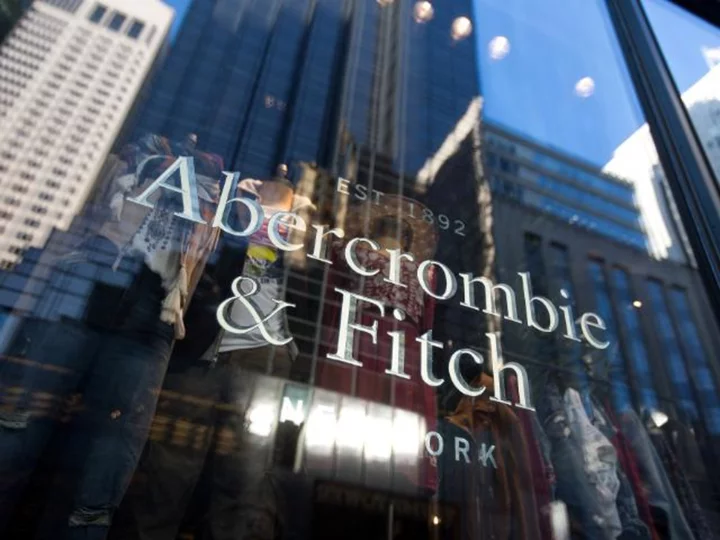By Amanda Cooper
LONDON (Reuters) -The dollar seesawed on Wednesday after U.S. President Joe Biden and top lawmakers made no headway in the debt ceiling crisis, although volatility was minimal ahead of inflation data that could be instrumental in determining where interest rates head.
Biden and House of Representatives Speaker Kevin McCarthy remained divided over raising the $31.4 trillion U.S. debt limit following talks on Tuesday, with just weeks to go before the United States may be forced into an unprecedented default.
The two, however, agreed to further talks and committed their aides to daily discussions. Biden, McCarthy and the three other top congressional leaders are set to meet again on Friday.
The dollar held onto most of Tuesday's gains, thanks to another sharp rise in short-dated Treasury yields and to the nervousness that prevailed over Wednesday's U.S. inflation data.
The euro was last flat at $1.0957, as was sterling, which held at $1.2628.
Against a basket of currencies, the U.S. dollar index steadied at 101.64.
Economists polled by Reuters expect core consumer prices in the United States to rise 5.5% on a year-on-year basis for the month of April.
A stronger-than-expected reading could prove a headache for the Federal Reserve, which just last week opened the door to a pause in its aggressive tightening cycle, having delivered 10 consecutive rate hikes since March 2022.
"If there is one piece of data that could shift market thinking it is the CPI report," MUFG head of research Derek Halpenny said.
"Certainly, if there are upside surprises in more volatile components today, the reaction may be more muted than in previous CPI overshoots. Nonetheless, there must be a risk of a
further liquidation of stale euro/dollar long positions," he said.
Speculators have built up the biggest bullish position in the euro in over two years, according to weekly data from the Commodity Futures Trading Commission.
At $23 billion, it has almost trebled in six months. But investors are already banking on the European Central Bank having more scope to raise interest rates than the Fed, which might prompt some paring back of those bullish bets.
Money markets are pricing in a roughly 80% chance that the Fed will keep rates on hold at its next meeting in June, and expect at least a couple of rate cuts to follow before the end of the year.
Rising expectations that the Fed will begin cutting rates later this year have been driven by recent stress in the banking sector following the collapse of Silicon Valley Bank in March.
"The bar is high for a Fed response to data surprises in either direction," said Vishnu Varathan, head of economics and strategy at Mizuho Bank.
"Having concluded 500 bps of rate hikes and anticipating some credit tightening from a shake-down amongst regional banks, the Fed is unlikely to tighten further on merely 'sticky' inflation, instead requiring re-acceleration of inflation."
Elsewhere, the Japanese yen was steady against the dollar at 135.25 and against the euro at 148.155, while the Australian dollar eased 0.1% to $0.6755.
Bank of Japan (BOJ) Governor Kazuo Ueda said on Wednesday the central bank will debate an exit strategy from ultra-loose monetary policy and communicate it to the public once stable, sustained achievement of its inflation target approaches.
(Additional reporting by Rae Wee in Singapore; Editing by Edwina Gibbs, Simon Cameron-Moore and Sharon Singleton)









